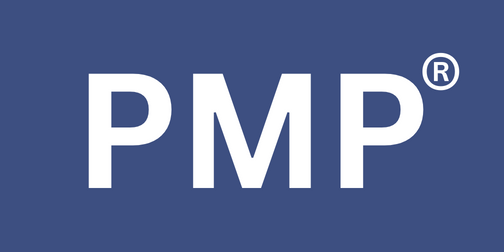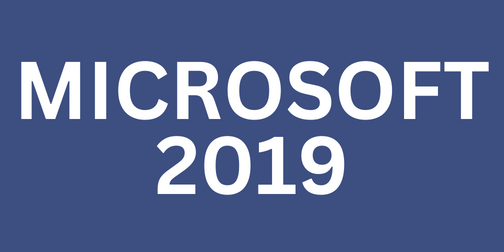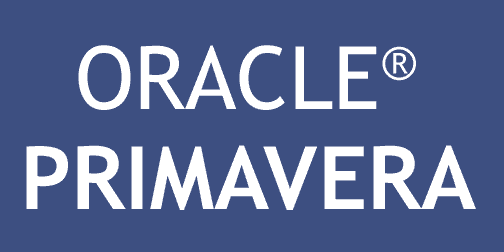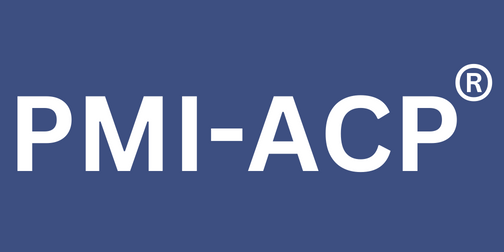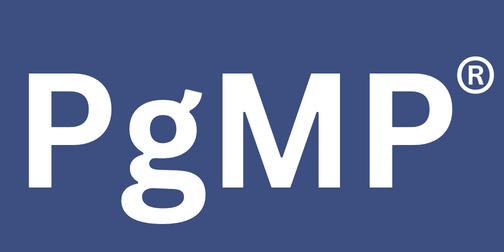
7 Roles, Process & Principles of PRINCE2®
Posted On January 16, 2024 - 21:33 PM
PRINCE2, which stands for Projects IN Controlled Environments, is a widely recognised project management methodology that provides a disciplined and systematic strategy for managing projects of any size or complexity. Initially established in the UK, PRINCE2 is now utilised globally and has become a standard for project management in many organisations.
PRINCE2 is based on seven principles, themes, and processes to give project management a distinct and unified framework. The guiding principles emphasise the business case, experience-based learning, defining roles and responsibilities, stage-based and exception-based management, product focus, and project environment adaptation.
Business case, organisation, quality, plans, risk, change, and progress are some of the topics covered by PRINCE2's themes. These themes offer direction on how to handle various areas during the course of a project.
The PRINCE2 processes outline the steps necessary to manage a project from its inception to its conclusion. PRINCE2 has seven distinct functions, each with unique goals, inputs, and outputs.
A flexible approach, PRINCE2, may be modified to meet the requirements of every project context. It can be used for projects of any size or complexity and is appropriate for projects in every industry.
Benefits of PRINCE2
Organisations and project managers have access to a structured method of project management called PRINCE2 that encourages efficient communication, more control, flexibility, and ongoing improvement. By implementing PRINCE2, businesses can enhance their project management procedures, complete projects successfully, and meet their objectives.
Some of the Primary Benefits of implementing PRINCE2 are:
1. Better project management: PRINCE2 offers a thorough and organised approach to project management that can assist organisations in completing projects on schedule, within budget, and by the necessary quality standards.
2. Clearly defined roles and duties: PRINCE2 establishes clearly defined roles and responsibilities for project management to ensure that everyone working on the project knows their roles and expectations.
3. Increased control: PRINCE2 provides a framework for managing projects that provide increased control over project activities, enabling project managers to identify and manage risks and issues effectively.
4. Flexibility: PRINCE2 is a flexible technique that can be adapted to suit the project's requirements, making it fit for projects of various sizes and complexities.
5. Effective communication: Effective Communication between project stakeholders is encouraged by PRINCE2, ensuring that everyone is kept updated on the status, problems, and risks of the project.
6. Business justification: PRINCE2 strongly emphasises business justification, ensuring that projects are aligned with the organisation’s objectives and provide a measurable benefit.
7. Continuous Improvement: PRINCE2 fosters the improvement of project management processes through lessons learned, guaranteeing that businesses may learn from their past experiences and better future project outcomes.
7 PRINCE2's ROLES
PRINCE2 defines seven roles that are crucial to the success of a project. These roles are:
1. Project Board: The Project Board is responsible for overall project direction and ensuring the project is aligned with the organisation’s objectives. The Project Board comprises three roles: Executive, Senior User, and Senior Supplier.
2. Executive: The Executive role is responsible for providing direction and leadership to the project. They ensure the project is aligned with the organisation’s objectives and stays within the agreed-upon budget and timeline.
3. Senior User: The Senior User role represents the demographic that will use the project's outputs. They are responsible for ensuring that the project's outcomes fulfil their specifications and are fit for purpose.
4. Senior Supplier: The Senior Supplier role represents the people who will supply the project with the resources it needs. They are responsible for ensuring the project has the resources to deliver the products.
5. Project Manager: The Project Manager is responsible for the day-to-day management of the project. They ensure the project is delivered within the agreed-upon budget, timeline, and quality standards.
6. Team Manager: In a project, the Team Manager oversees a particular team. They ensure their team produces the required items to acceptable quality standards within the agreed-upon deadline.
7. Project Assurance: The Project Assurance role ensures the established procedures and standards carry out the project. They provide impartial assurance that the project is on track and indicate any issues or hazards that must be addressed.
7 Process of PRINCE2
Seven Processes are outlined by PRINCE2 and provide a step-by-step breakdown of how to manage a project. These procedures include:
1. Starting a Project: The project management lifecycle begins with this procedure. It involves creating the project initiation documentation, appointing the Project Manager, and defining the project's objectives.
2. Managing a Project: This step provides overall project management. It entails the Project Board making significant decisions regarding the project's course and ensuring it stays congruent with the organisation’s goals.
3. Initiating a Project: This step focuses on meticulously planning the project. It entails generating the project plan, recognising the project risks, and defining the methodology.
4. Controlling a Stage: This process focuses on daily project management. It involves the Project Manager controlling the project team’s work, monitoring progress, and reporting to the Project Board.
5. Managing Product Delivery: The delivery of project goods is the primary goal of this process. It entails the Team Manager delivering the items to the appropriate quality standards, on time, and within budget.
6. Managing Stage Boundaries: This procedure is concerned with assessing how the project is progressing and making choices regarding the subsequent stage. It entails the Project Board assessing development and approving the strategy for the following location.
7. Closing a Project: This process is focused on bringing the project to an orderly close. It comprises analysing the project's performance, recording lessons learned, and releasing project resources.
7 PRINCE2 Guiding Principles
Seven guiding principles that serve as the cornerstone of effective project management are the foundation of PRINCE2. These principles are:
1. Business Justification: According to this principle, the project must have a legitimate business justification for its inception. Projects should align with the organisation’s goals and offer a quantifiable benefit.
2. Learn from Experience: This principle requires that lessons learned from previous projects are used to improve the current project's outcomes. Throughout the project, a Learning Log must be created and maintained.
3. Defined Roles and Responsibilities: This concept necessitates that everyone working on the project clearly grasp their duties and responsibilities. It involves creating an Organization Structure that outlines the project's management and team structure.
4. Manage by Stages: This principle mandates that the project is managed in phases, with each stage having its objectives and deliverables. It enables regular evaluations of the project's progress and provides the opportunity to make revisions to the project's plan.
5. Manage by Exception: This principle requires the Project Board to specify and approve the project's tolerance levels. It allows the Project Manager to manage the project within the tolerance levels and escalate issues to the Project Board as necessary.
6. Focus on Products: This principle requires the project to focus on delivering products that meet the defined quality standards. It involves creating Product Descriptions that outline the product's quality criteria, functions, and features.
7. Tailor to Suit the Project Environment: This principle requires that PRINCE2 is tailored to suit the project's environment, size, and complexity. It entails leveraging PRINCE2's framework and principles and customising them to fit the project's unique requirements.
Conclusion
PRINCE2 is a structured project management framework providing a comprehensive and systematic approach. It is based on seven principles, seven procedures, and seven roles, all intended to guarantee that projects are delivered on schedule, on budget, and by the necessary quality standards. The framework highlights the need for business reason, learning from experience, clearly defined roles and duties, and managing stages and exceptions. By following the PRINCE2 methodology, project managers can effectively manage projects of all sizes and complexities and achieve successful outcomes.












